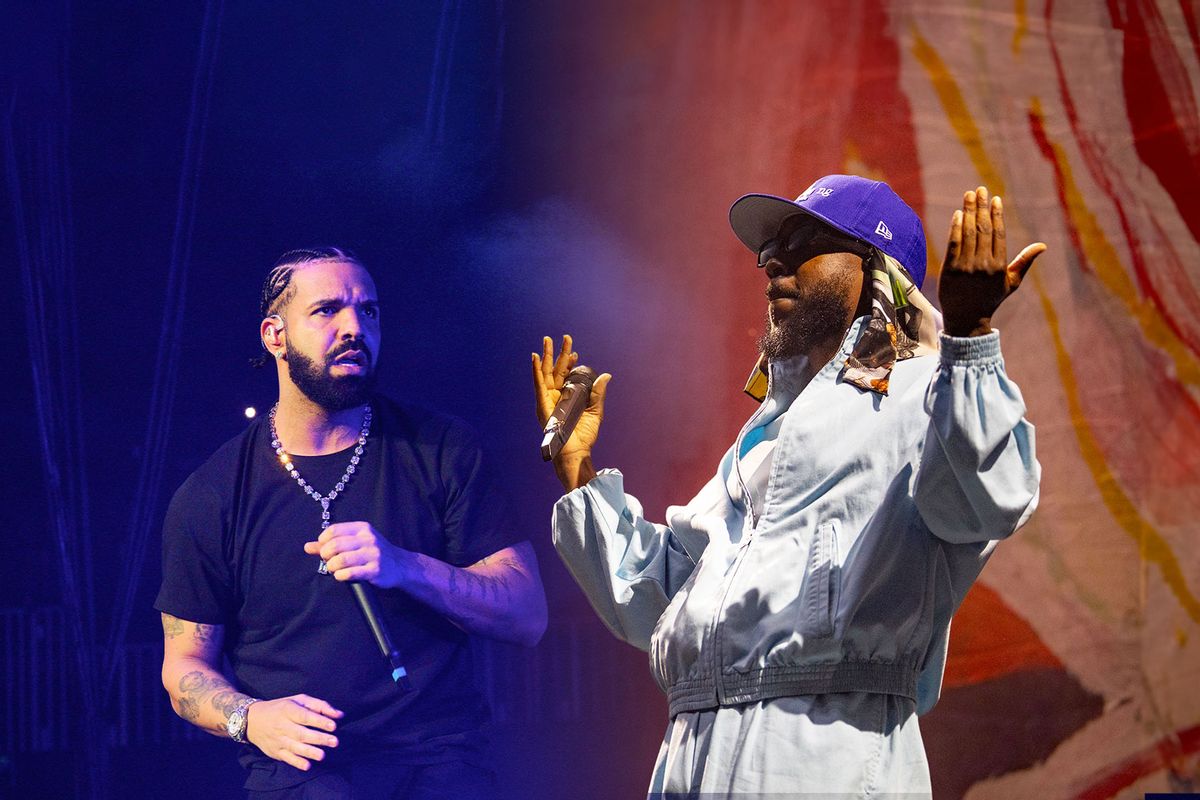What is the Cultural Heritage of Drake?
Drake, the worldwide music icon famous for his hit songs, comes from a richly diverse cultural background. Born as Aubrey Drake Graham on October 24, 1986, in Toronto, Canada, his heritage is a mix of various cultural elements that significantly impact his musical style and identity. Recognizing his dual heritage offers a perspective on how these aspects have crafted his artistic expression and persona.
Cultural Diversity Legacy
Drake’s cultural heritage is a blend of African-American and Jewish influences. His father, Dennis Graham, is of African-American descent and has a strong musical background. Dennis, a drummer, played alongside the renowned Jerry Lee Lewis, which implies that music was a significant part of Drake’s life early on. This African-American ancestry provided Drake with a rich exposure to different aspects of Black culture and music, clearly evident in his incorporation of R&B, hip-hop, and rap in his creations.
On his mother’s side, Drake’s mom, Sandi Graham, is of White Canadian and Jewish descent. This particular blend provided Drake with a distinct cultural background in the Forest Hill area of Toronto. He went to a Jewish daytime school and celebrated a customary Bar Mitzvah, an important ceremony for Jewish boys. His Jewish identity frequently surfaces in his music and public appearances. Drake has acknowledged this heritage, famously dubbing himself “the only black Jewish rapper” while openly appreciating his Jewish ancestry.
Toronto’s Multicultural Influence
Toronto, famous for its cultural diversity, significantly influenced Drake’s international identity. This city, celebrated for its variety of people and cultures, offered a rich blend of inspirations that are reflected in Drake’s music. Being raised in this setting introduced him to many cultures and musical genres, which enabled him to blend different styles and viewpoints into his creations.
This cultural amalgamation is exemplified in albums like “Views,” which prominently feature the sounds and stories of Toronto. His music videos, lyrics, and collaborations often highlight elements of the city’s cultural landscape, resonating with a wide global audience. This blend of local and international flavors has been a cornerstone of his widespread appeal.
Music and Cultural Identity
Drake’s music frequently explores themes of identity, belonging, and cultural pride. Songs such as “HYFR” and “Nice for What” delve into personal experiences and cultural narratives that resonate with a vast audience. His ability to navigate seamlessly between these cultural identities and express them through his art has made him an icon for many young people who share similarly diverse backgrounds.
Additionally, Drake’s song lyrics frequently incorporate linguistic and cultural references, acknowledging his Jewish and African-American heritage. He skillfully employs this verbal versatility to resonate with diverse audiences, fostering a collective cultural experience for his fans.
Effect on Worldwide Culture
Drake’s unique cultural background has allowed him to break traditional boundaries and establish himself as a global cultural force. By weaving his diverse heritage into his personal brand, he serves as a bridge between different cultures and communities, highlighting the universal nature of music as a tool for cultural expression and connectivity.
His ability to successfully integrate these varied cultural elements and make them accessible to a broad audience illustrates the rising importance of multicultural influences in today’s world. As more artists emerge from multicultural backgrounds, Drake’s story stands as a powerful testament to the potential of cultural diversity in shaping art and identity.
Reflecting on Drake’s multifaceted cultural background, it becomes evident that his success cannot be attributed to a single influence. Instead, it is the harmonious blend of his African-American musical roots, Jewish heritage, and Toronto’s multicultural milieu that have propelled him to the apex of the music industry, making his work a testament to the beauty and power of cultural diversity.



